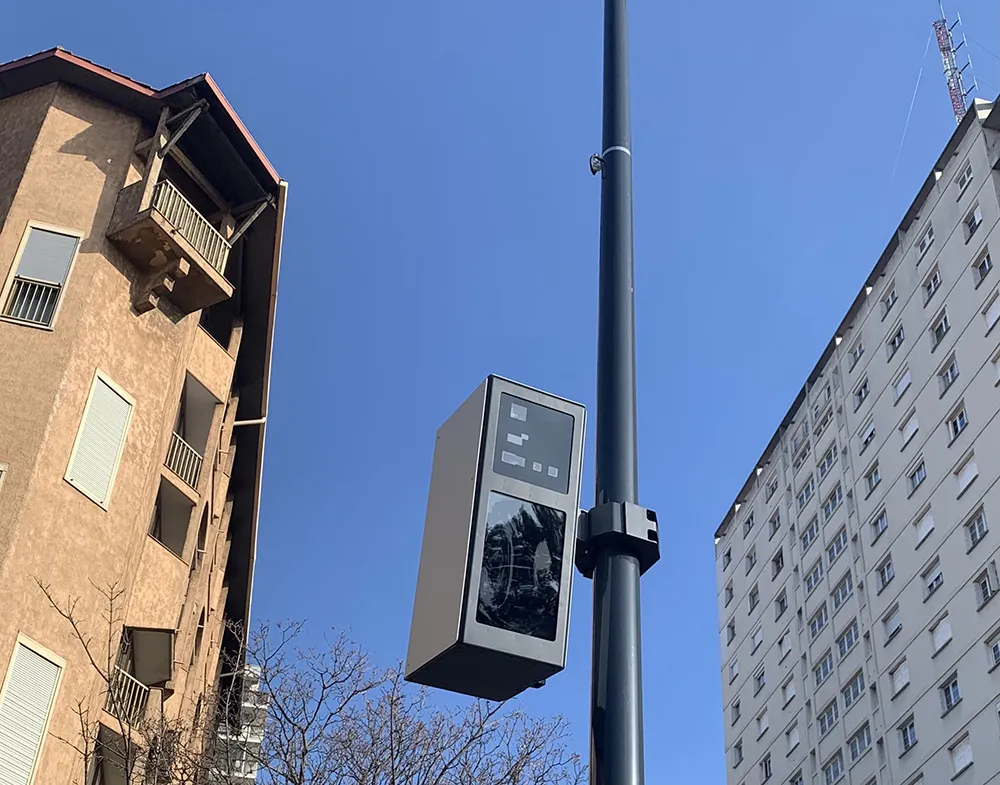Vitronic Machine Vision Middle East and its Qatar partner Itqan Holding have announced an order for 26 PoliScan systems, 16 of which will be employed for speed enforcement, while ten will operate as combined solutions for speed and red light enforcement. The Doha airport’s operating company Qatar Civil Aviation Authority is Vitronic’s end customer in Qatar and the new systems will be used primarily for enforcement on the Airport Road, built last year.
June 21, 2012
Read time: 1 min

The Doha airport’s operating company Qatar Civil Aviation Authority is Vitronic’s end customer in Qatar and the new systems will be used primarily for enforcement on the Airport Road, built last year.
The PoliScan systems’ deployment, Vitronic’s second order from the State of Qatar, is aimed at ensuring traffic safety on this important access road. The company’s LIDAR-based technology can detect violations on multiple lanes, even if drivers tailgate or change lanes.










